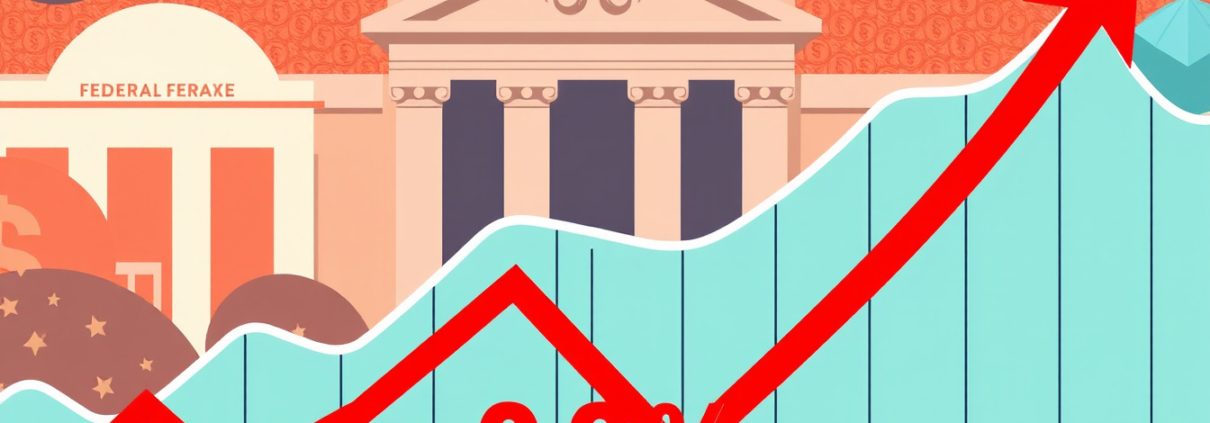Surprising Surge: July 2025 PPI Inflation Report Reveals 0.9% Increase, Casting Doubts on Fed Rate Cuts
Wholesale Prices Surge by 0.9% in July 2025, Signaling Persistent Inflation Concerns
The latest Producer Price Index (PPI) report came out on August 14, 2025. It shows wholesale prices rose sharply in July. Prices jumped 0.9% in one month. This is the largest increase since June 2022. The report points to strong inflation in the U.S. economy. It may affect the Federal Reserve policy soon.
Key Highlights from the July 2025 PPI Report
- Overall PPI rise: 0.9% versus a Dow Jones forecast of 0.2%.
- Core PPI (skip food and energy): Up 0.9% against a prediction of 0.3%.
- Core PPI (skip food, energy, and trade services): Up 0.6%, the largest gain since March 2022.
- Annual PPI growth: 3.3%, the strongest 12-month increase since February and above the Fed’s 2% target.
- Services inflation: Increased 1.1% in July, the highest from March 2022.
- Trade services margins: Went up by 2% due to tariff measures.
Drivers Behind the Inflation Rise
The report shows key factors that pushed prices higher:
- Machinery and equipment wholesaling: Prices climbed 3.8%. This jump made up about 30% of the rise in services.
- Portfolio management fees: Rose by 5.4%.
- Airline passenger services: Increased 1%.
These points show that cost pressures grow for both goods and services. Producers may pass higher input costs on to buyers.
Market and Economic Effects
After the report came out, stock market futures fell while short-term U.S. Treasury yields went up. This move shows that investors worry about steady inflation. The PPI, though watched less than the Consumer Price Index, still shows price pressure at the wholesale level. It also feeds the Commerce Department’s Personal Consumption Expenditures price index, the main tool the Fed uses to track inflation.
Clark Geranen, chief market strategist at CalBay Investments, said, "The strong PPI, along with soft CPI figures, shows that businesses are covering some tariff costs now. They might soon pass these costs to buyers." This may lead to higher prices for shoppers in coming months.
Market views on Federal Reserve policy have shifted slightly. The CME Group’s FedWatch tool now shows a lower chance of a rate cut at the Fed’s September meeting. The odds for several rate cuts this year have dropped more.
Chris Zaccarelli, chief investment officer at Northlight Asset Management, said, "The spike in the PPI today shows inflation moving through the economy, even if buyers have not felt it fully yet. This unexpected rise in wholesale prices is likely to lower hopes for a sure rate cut in September."
Broader Context and Data Challenges
The PPI report comes at a time when experts look closely at the accuracy of BLS data. This month, President Donald Trump fired the former BLS commissioner and named economist E.J. Antoni as the new head. Antoni has challenged the BLS methods and pushed to check the data with better measures. He even suggested pausing some labor market reports until the data improves.
Budget cuts and layoffs at the BLS have led to changes in how data is gathered. The July PPI report did not include about 350 cost groups. This change makes some ask whether the data is complete.
Summary
July 2025’s PPI report shows that inflation remains strong in the wholesale sector. Both goods and services prices have risen sharply. This may force the Federal Reserve to work hard to control inflation without causing a recession. Investors, policymakers, and buyers will watch future data for more signs of changes in prices.
For more news on inflation, market moves, and Fed policy, keep up with CNBC and top economic news sources.









